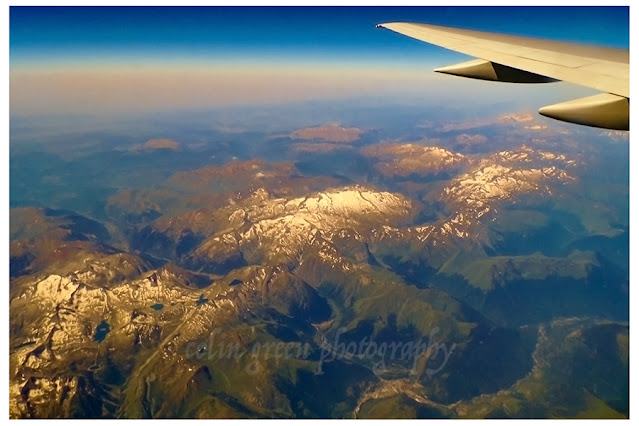These are a couple of recent artworks I completed recently of a couple of American places to visit, the first artwork is one I did a couple of years ago of the Golden Gate Bridge, the bridge opened in May 1937 and the architect was Irving Morrow. The bridge length is 1.7miles, the longest single span being 0.79miles in length. I have sold 3 copies of this picture since I completed it.
The picture can also be seen on ClickASnap where it is full size, resolution and un-watermarked.
The 2nd artwork I want to show in this post is a sketch of West Mitten Butte, East Mitten Butte and Merrick Butte in Monument Valley, a region of the Colorado Plateau famous for its sandstone buttes. The valley is part of the Navajo Reservation and is considered sacred by the Native American people. It straddles the Arizona - Utah state line.
These picture can also be seen on Clickasnap where there is a full size, resolution and un-watermarked picture to view. Click the image to view in another window.
Thanks for looking and please take a moment to share and follow me on social media.
Both pictures remain the copyright of Colin Green.


%20-%20from%20the%20most%20famous%20view%20point%20Art%20copy.jpg)






































